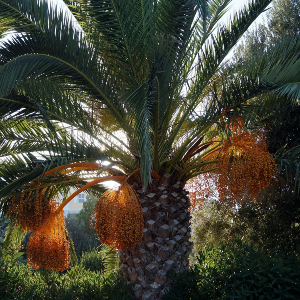 Smart Citations
Smart CitationsSee how this article has been cited at scite.ai
scite shows how a scientific paper has been cited by providing the context of the citation, a classification describing whether it supports, mentions, or contrasts the cited claim, and a label indicating in which section the citation was made.
Biocontrol potential of inflorescence rot of date palm caused by Mauginiella scaettae in the Biskra region (Algeria)
Date palm inflorescence rot (known as Khamedj disease) caused by Mauginiella scaettae is a serious problem in most date palm-growing areas of the world, and it causes considerable yield loss. The extensive use of fungicides has resulted in the emergence of fungicide-resistant pathogens, and concerns have been raised over the residual effects on the environment and human health. In this regard, biocontrol agents have been proposed as an alternative to standard fungicides. The aim of our study was to evaluate the biocontrol agent Aspergillus niger against the pathogen M. scaettae. In vitro confrontation tests between M. scaettae and A. niger showed that, after 10 days of incubation, the Petri dish was almost completely covered by the antagonist A. niger, while the pathogen M. scaettae occupied only 0.61±0.015 cm of diameter, which corresponds to a considerable inhibition of the mycelial growth (85.33%). Microscopic observations showed an abundant sporulation of A. niger around the colony of M. scaettae and marked a very important mycoparasitic power. In conclusion, the use of biological control agents is cost-effective, easy to use, and environmentally friendly for the control of Khamedj disease.
How to Cite

This work is licensed under a Creative Commons Attribution-NonCommercial 4.0 International License.
PAGEPress has chosen to apply the Creative Commons Attribution NonCommercial 4.0 International License (CC BY-NC 4.0) to all manuscripts to be published.

 https://doi.org/10.4081/jbr.2023.11249
https://doi.org/10.4081/jbr.2023.11249





